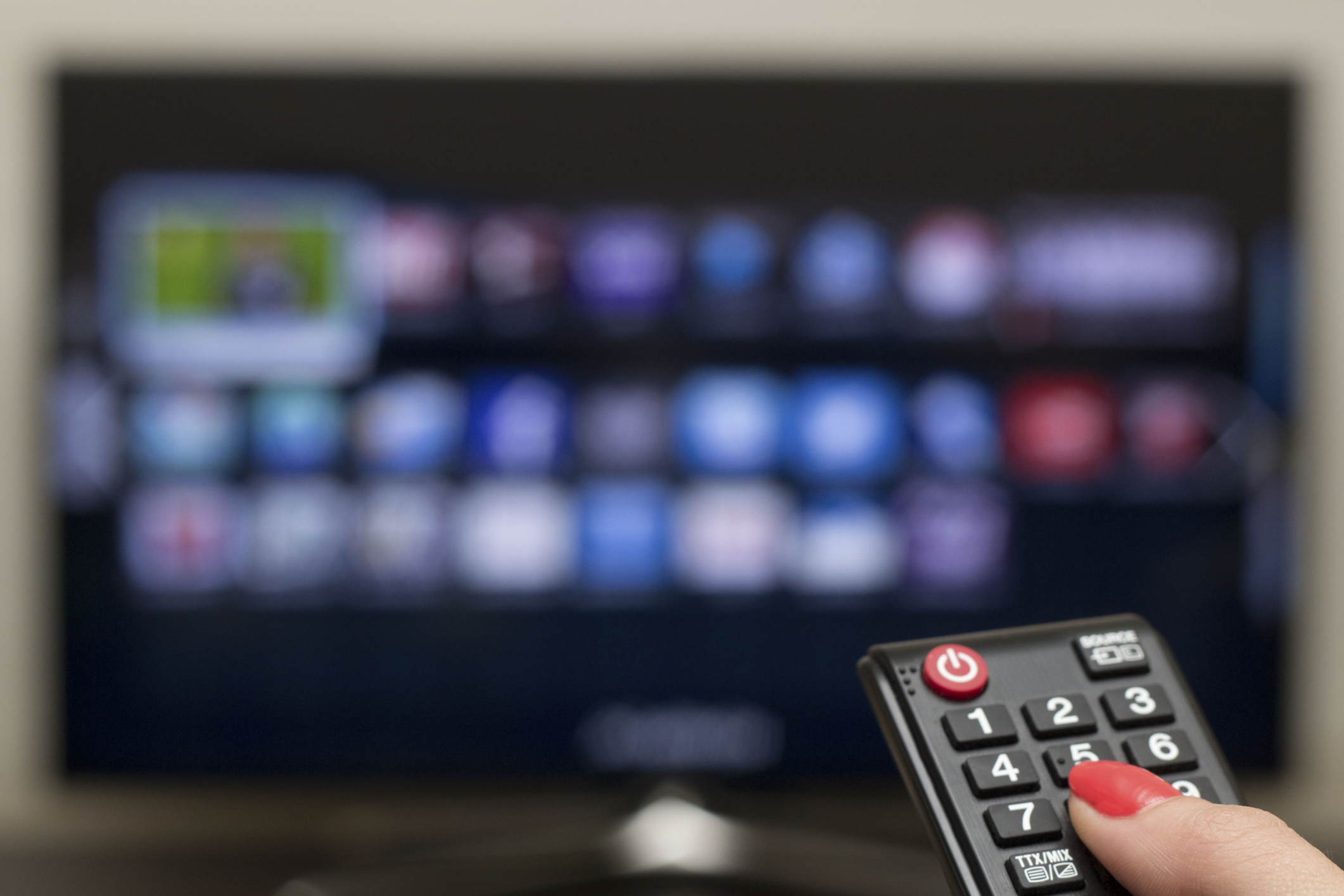
Chairman Wheeler seeks to promote competition in the video services market by unlocking the set-top box.
The Federal Communications Commission (FCC) appears set to start developing a new rule that would “unlock” the market in the devices that deliver cable television to Americans’ living rooms. While FCC Chair Tom Wheeler believes this will be a boon for consumers, it also appears to be another front in the emerging fight between Silicon Valley tech companies and East Coast cable corporations.
Currently, ninety-nine percent of television subscribers lease these devices, known as cable boxes or set-top boxes, from their cable, satellite, or telco provider. They spend roughly $231 per year to lease the boxes needed to access their television programing. This amounts to a 185 percent increase since 1994—a period that has seen the cost of other electronics devices decrease dramatically.
Late last month, Wheeler circulated a notice of proposed rulemaking (NPRM) ahead of a vote by the full Commission expected later this month. The draft proposal aims to increase market competition by offering a regulatory “framework for providing innovators, device manufacturers and app developers the information they need to develop new technologies.” Consumers would then be able to choose whether they access video services via traditional set-top boxes or apps on a mobile device or smart TV, according to Wheeler.
In theory, third party device or app makers currently can access cable and satellite programming. However, cable and satellite companies impose so many restrictions on this access that apparently it is nearly impossible for their products to work. The draft proposed rule would aim to end those restrictions.
Under the draft proposal introduced by Wheeler, the FCC would require cable and satellite companies to give creators of competitive devices and apps access to “core information streams.” These streams would include information about the video programming as well as what programing is available to the consumer and what a device is allowed to do with content.
Consumer and tech groups have praised the FCC Chairman’s announcement. Public Knowledge, a telecommunication public interest advocacy organization, estimates that the draft proposal, if implemented, could help save consumers billions of dollars in rental fees. Additionally, an open set-top box market may help minority and independent programmers reach viewers. The president and CEO of the Computer and Communications Industry Association, Ed Black, supports Wheeler’s draft, arguing that it will “lower costs for consumers, give them more options for buying their own devices, and encourage them to discover new content.”
Tech companies such as Google, Netflix, and Amazon might have the most to gain. These companies envision TV viewing as akin to using a smartphone where viewers use apps rather than scrolling through hundreds of channels on cable TV. Netflix and Amazon already offer their own original programing in direct competition with cable and satellite. Following Wheeler’s announcement, Google invited congressional staffers to its offices for a demonstration of its set-top box technology.
Perhaps unsurprisingly, the cable and satellite companies appear to be gearing up for a big fight against any FCC effort to regulate its $20 billion set-box business. Mark Hess, a Senior Vice President at Comcast, called the draft FCC proposal a “major step backward for consumers and video innovation.” In Comcast’s view, there is already competition in the video services market from Netflix, Dish’s Sling TV, and HBO.
The cable and satellite industry opposes the FCC’s proposal on at least three major grounds. First, the National Cable & Telecommunications Association (NCTA), the largest cable lobby group, argues that the proposal is a “technology mandate that would replace app innovation with government regulation.” TechFreedom, a technology advocacy group and think tank, notes that the FCC tried and failed to open the set-top box market in 2010 by promoting CableCARD, which sought to allow third party devices to connect to cable programing. The technology was never widely adopted by consumers. Groups like the NCTA argue that the FCC should let the market, not the government, decide winning technologies.
Second, TechFreedom argues that the draft proposal does not offer enough security to protect copyrighted content and consumer privacy.
Finally, the NCTA believes the proposal would “force programmers and TV providers to dismantle their shows and service” only to allow companies like Google or Netflix “to repackage, reuse, and exploit as they see fit.”
Chairman Wheeler defended his proposal by arguing that it would promote competition while still “maintaining strong security, copyright and consumer protections.”
Wheeler further pointed out that “unlocking” a monopolist controlled market is not new for the FCC. Until the 1970s, consumers had to lease their phones from AT&T. The FCC’s Carterfone decision allowed consumers to connect third party devices to the phone system, thus facilitating the break-up of AT&T’s monopoly on telephone equipment. Similarly, Wheeler believes that, under his draft proposal, consumers will be able to connect non-carrier provided devices to wireless networks and have a plethora of choices for cable modems and Wi-Fi routers.
By proposing to “unlock” the cable box, the FCC Chair appears to have set the stage for a fight between Big Cable and Big Tech over the future of video services.



